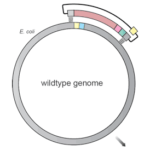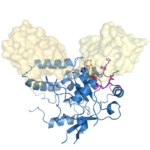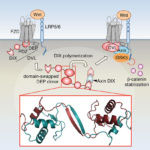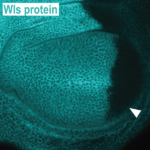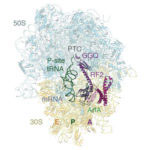
Ribosomes are cellular molecular machines that link amino acids together in the order specified by messenger RNA (mRNA) to make proteins. Near the end of the mRNA molecule a specific nucleotide sequence, known as a stop codon, signals for protein synthesis to terminate by recruiting release factors that release the newly made protein from the ribosome and recycle the ribosome to start another round of protein synthesis.
However, some mRNA molecules are defective.
